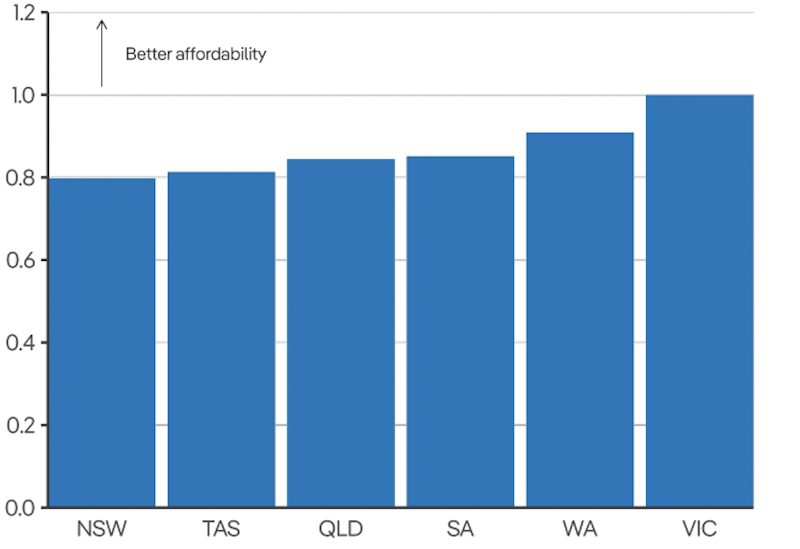Resources
Newsletter
Stay up to date and with the latest news, projects, deals and features.
Subscribe
Australia’s rental crisis has crashed to a new low with fresh data revealing affordability is at its lowest level in 17 years.
According to the PropTrack Rental Affordability Index, which analyses rental affordability across different household income distributions and locations, affordability is now at its worst level since the index began, driven by the surge in rent prices following the pandemic.
The report found households earning the median income of about $111,000 can afford to rent the smallest share of properties since 2008.
It also reported that just 39 per cent of rental properties advertised for rent on realestate.com.au from July to December 2023 were affordable across the country for a typical-income household spending 25 per cent of their income.
Renters in New South Wales, Tasmania and Queensland face the worst affordability with a typical-income household able to afford just 28 per cent of rentals advertised in NSW.
Low and middle-income households are facing the toughest conditions—household earning $49,000 a year, the 20th percentile of income, can afford essentially no rental properties.
PropTrack senior economist and report co-author Angus Moore said that during the six months to December 2023, “households across the income distribution could afford to rent the smallest share of advertised rentals since at least 2008, when our records began”.
“That is a substantial change from conditions before and during the pandemic,” Moore said.
“The deterioration in affordability has been driven by the significant increase in rents that we’ve seen since the pandemic, which wages have not kept pace with.
PropTrack Rental Affordability Index 2023-24
How the states stack up

“Rents nationally are up 38 per cent since the start of the pandemic.”
Moore said that at the lower end of the income distribution, renting “is extremely challenging”.
“This highlights the importance of rental support for low-income renters, such as Commonwealth Rent Assistance. Without support, renting would be effectively impossible for many of these households,” he said.
“Longer term, increasing the availability and supply of rentals is critical to improving affordability.
“Rents are growing quickly because rentals are extremely scarce at the moment, with incredibly low rental vacancy rates around the country.
“The only way to solve that, sustainably over the long term, is to have more rentals where people want to live. And that means building more homes.”